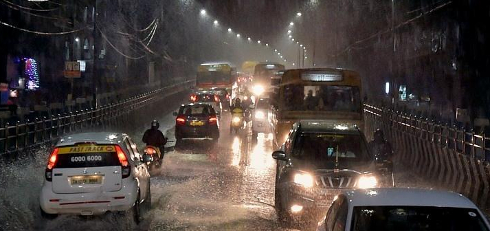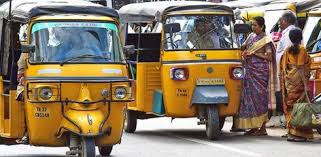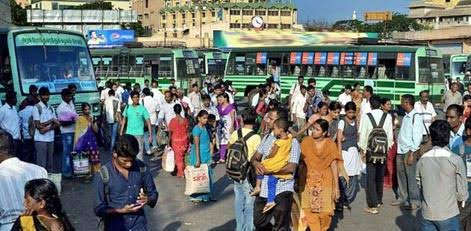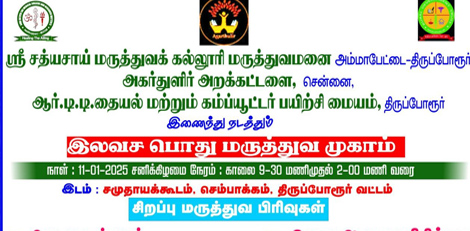Rain along with thunder and lightning in the water starved Chennai city
Posted on: 16/Jul/2019 9:43:27 AM

On Monday night, 15th July 2019, Chennai city received heavy rains accompanied by thunder and lightning. Many places belonging to the Chennai city such as Nungambakkam, T. Nagar, Guindy, Ambattur, Anna Nagar, Thiruvanmiyur, Adyar and parts of north Chennai received heavy rains. This rain came as a respite for the water starved residents of Chennai now. For long time, Chennai people have been facing severe water shortage is known.
Around 1 cm of rain was received by the Chennai city in its core places due to intense short spell of rains. It rained so heavily in T. Nagar and the famous Doraiswamy subway was flooded with rain water. Many motorists found it difficult in the rains and atleast 10 bikes got stranded in the water. It became very difficult to move through the subway and an ambulance went in another route.
Last week in Chennai city, the night temperature was around 30 degree Celsius and it is now said that the rains have brought down the night temperature. The minimum temperature recorded yesterday was 26 degree Celsius. Information collected is the maximum temperature recorded was 38.8 degree Celsius and convective action was responsible for bringing rains.
The important piece of news is rain has been forecasted for the next few days in Chennai city. It was predicted by the meteorological department that the sky is likely to be cloudy and moderate rains is likely to occur in the evenings or at night time. The maximum temperature is likely to be around 37 degree Celsius and the minimum temperature is likely to be 26 degree Celsius.
It was later pointed out by an official belonging to the meteorological department that Chennai would get similar rains in many places for next few days and rains would occur in the evenings and in the night time. In the next five days in many parts of TN, there is also likelihood of rains. From 1st July to 10th July, Chennai received 59.6 mm rains and that is 36% deficient. It should be noted that Chennai city is supposed to receive 93.4 mm of rains in that time of 10 days. During the southwest monsoon season, July month sees more rains.







